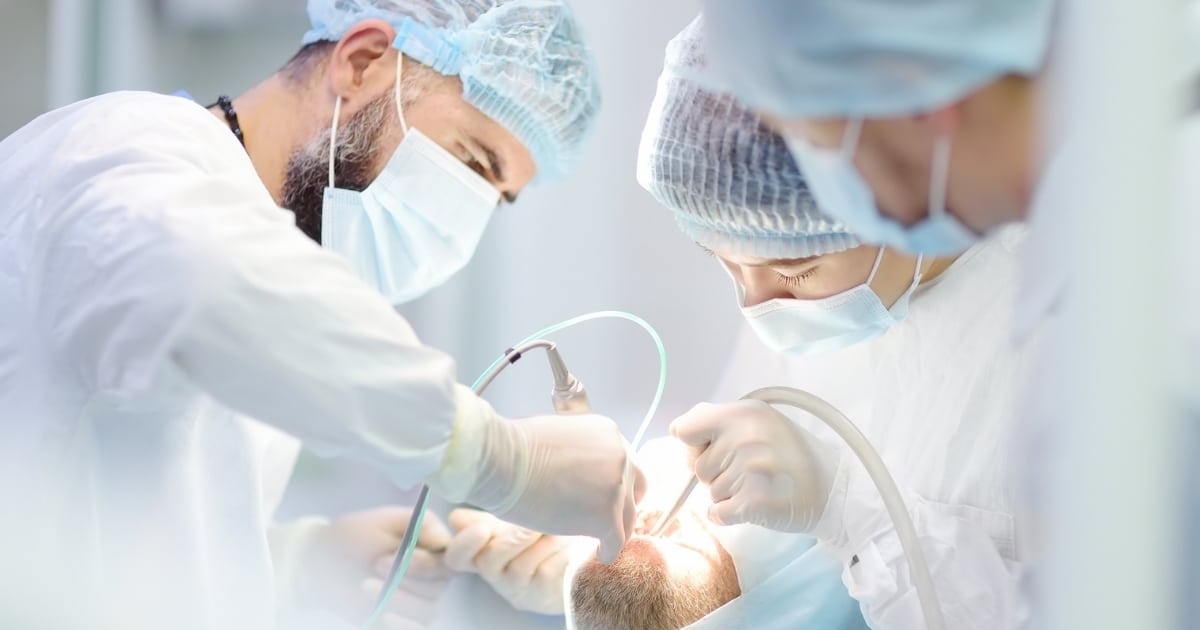
Anxiety and fear are often linked with dental visits, leaving many to avoid essential care. But what if your next trip to the dentist could feel completely stress-free? Sedation dentistry offers an ideal solution, helping you relax and enjoy your time in the chair. It’s not just about comfort—it’s about transforming your experience into something positive.
Sedation dentistry involves using medication to help patients relax during dental procedures. This approach is especially beneficial for those with dental anxiety, fear of pain, or a low pain threshold.
Each type of sedation is tailored to meet the patient's needs and the complexity of the procedure.
Sedation dentistry isn’t just for people with extreme dental anxiety. It can benefit a wide range of patients, including:
The key takeaway is that sedation dentistry is highly versatile, offering comfort for almost any dental need.
Understanding the different types of sedation can help you feel more prepared for your next appointment.
This is the lightest form of sedation, inhaled through a mask. It helps patients relax while remaining fully conscious. Since it wears off quickly, patients can drive home afterward.
A prescribed pill is taken before the procedure, making you drowsy but awake. You may not remember much about the procedure, but you’ll remain responsive.
Administered directly into the bloodstream, IV sedation works quickly and provides a deeper level of relaxation. Patients are generally awake but may fall into a light sleep.
For major surgical procedures or extremely anxious patients, general anesthesia completely sedates the patient. You’ll be unconscious and won’t feel any pain during the procedure.
Sedation dentistry offers more than just a relaxed experience. It can completely change how patients view their dental health.
Safety is always a priority, and sedation dentistry is generally safe when administered by a qualified professional. Dentists thoroughly evaluate patients' medical histories before recommending sedation. They monitor vital signs throughout the procedure to ensure safety and adjust the sedation level if needed.
It’s important to discuss any concerns with your Tomball dentist beforehand to ensure you are fully informed.
Preparing for your sedation dentistry appointment is crucial for ensuring a smooth experience. Here are some tips to help you get ready:
Imagine going to the dentist without a second thought, knowing you’ll feel calm and comfortable from start to finish. For many patients, sedation dentistry offers that possibility. Whether it’s a routine cleaning or more extensive work, sedation transforms anxiety into relaxation, making oral health more accessible.
Don’t let fear stand in the way of a healthy smile. With sedation dentistry, even the most anxious patients can enjoy a positive, stress-free dental experience.
A comfortable dental experience isn’t just a dream—it’s within reach. Sedation dentistry offers the peace of mind you’ve been waiting for, turning what was once a source of fear into something you can look forward to. Let your dentist guide you toward a relaxed, confident future, one where dental care feels like self-care.